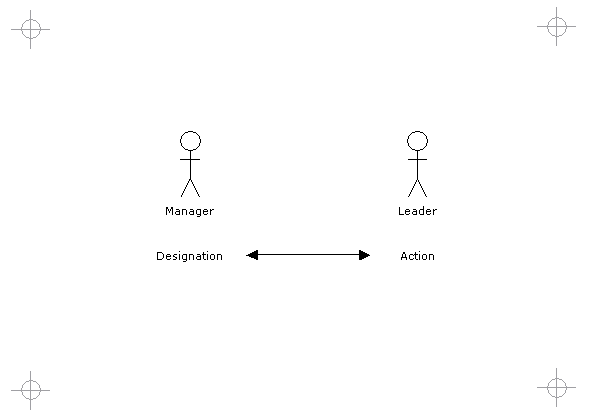|
Diagram
|
|
|

|
|
Title
|
|
|
Architect as Leader
|
|
Building Architecture
|
|
|
Imhotep as the first recorded "Architect" displayed not only the Vitruvian definition of an architect (long before the time of Vitruvius), but also held a leadership position. Peter Senge illustrated the idea of "designer as leader" by posing the question "Who is the leader of the ship?" The obvious answers are the Captain, navigator and other members of the crew. But what of the designer, surely his design constrains all other decisions made by the crew.
|
|
Architecture Intensive Disciplines
|
|
|
Managers must be designated and it is a role one in many are given. In contrast, almost anyone can be a leader - often just by doing the right thing and setting the example. An architect is defined by his actions - by designing, mentoring and guiding others to follow. It can have a great impact on teams. A sargeant in the army is in a better position to lead a team than any of the officers above him. The architect is often the technical leader - working closely with individuals in the team and the team as a whole.
|
|
Case Study A: Large Corporate IT
|
|
|

|
|
|
The architect was brought in by the development manager. The architect was installed as a technical lead in support of the team leaders who represented the vertical management structure. Rather than a designation, the technical leadership came with the architect role. It was up to the architect to convince the team of the benefits of architecture theory, design and practice.
Any of the initial resistance to the approach of having an architect was overcome as members of the team saw the technical benefits of applying best practices and principles of design. Knowledge sharing proved to be a key factor. While some developers may not have appreciated the approach, many have progressed well and have come to appreciate architecture (and are themselves practicing it).
Architects must lead by example and not just preach the word. They must always try to improve on their knowledge and expertise because the team will test these to the limit. As one member of team often stated "everyday is a school day".
Yes, designs and standards were questioned but the debates were healthy because every rule should be tested for exceptions (every principle should be tested with many practices). There had to be balance between standards and flexibility.
|
|
Case Study B: Small Commercial Team
|
|
|

|
|
|
The development manager in this instance was the Operational Director. There was a strong support for architecture and it did not require any authority or designation. The team responded well to the technical leadership as each member was encouraged to take a lead in their own area of expertise.
|
|
|


